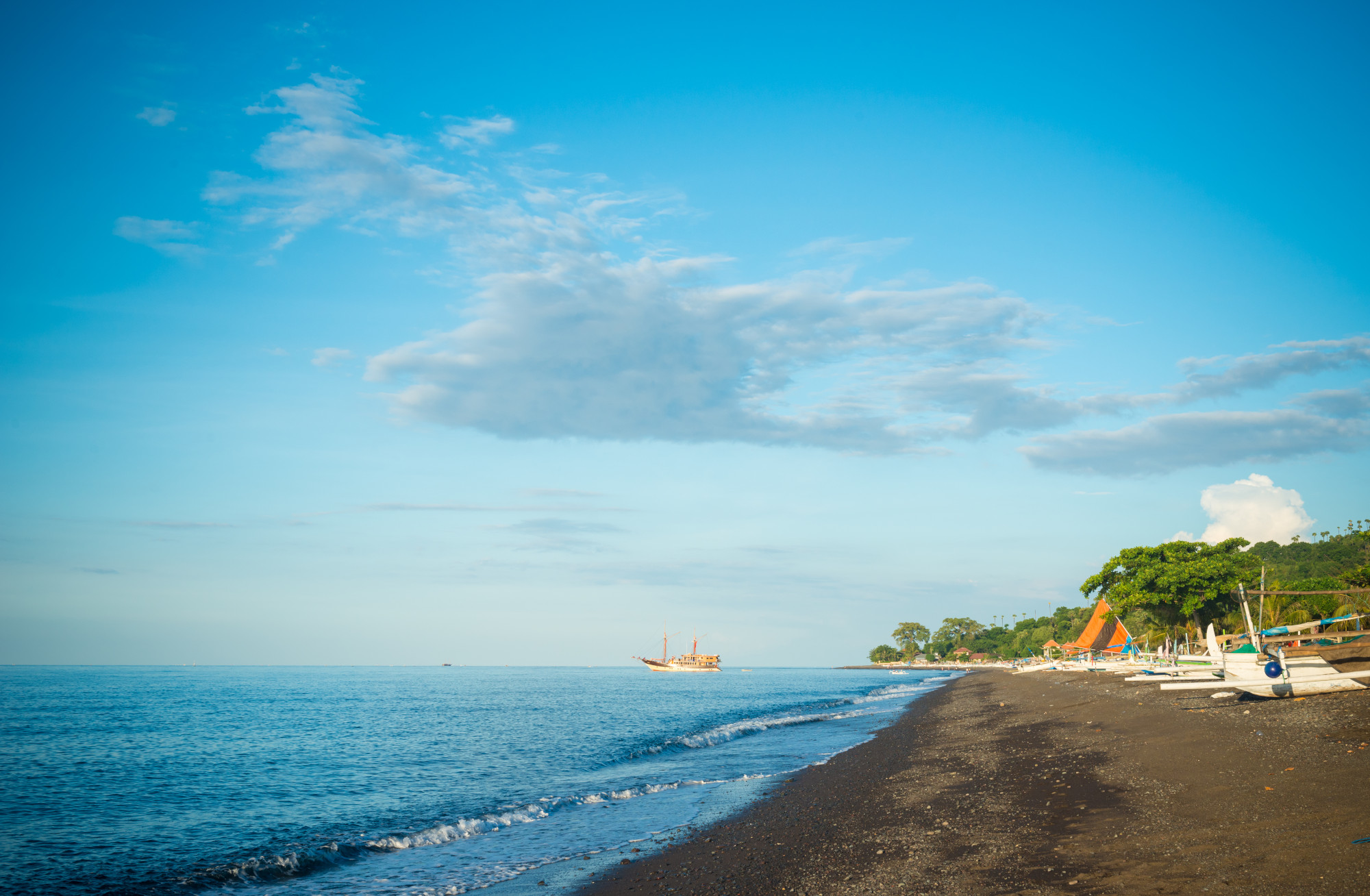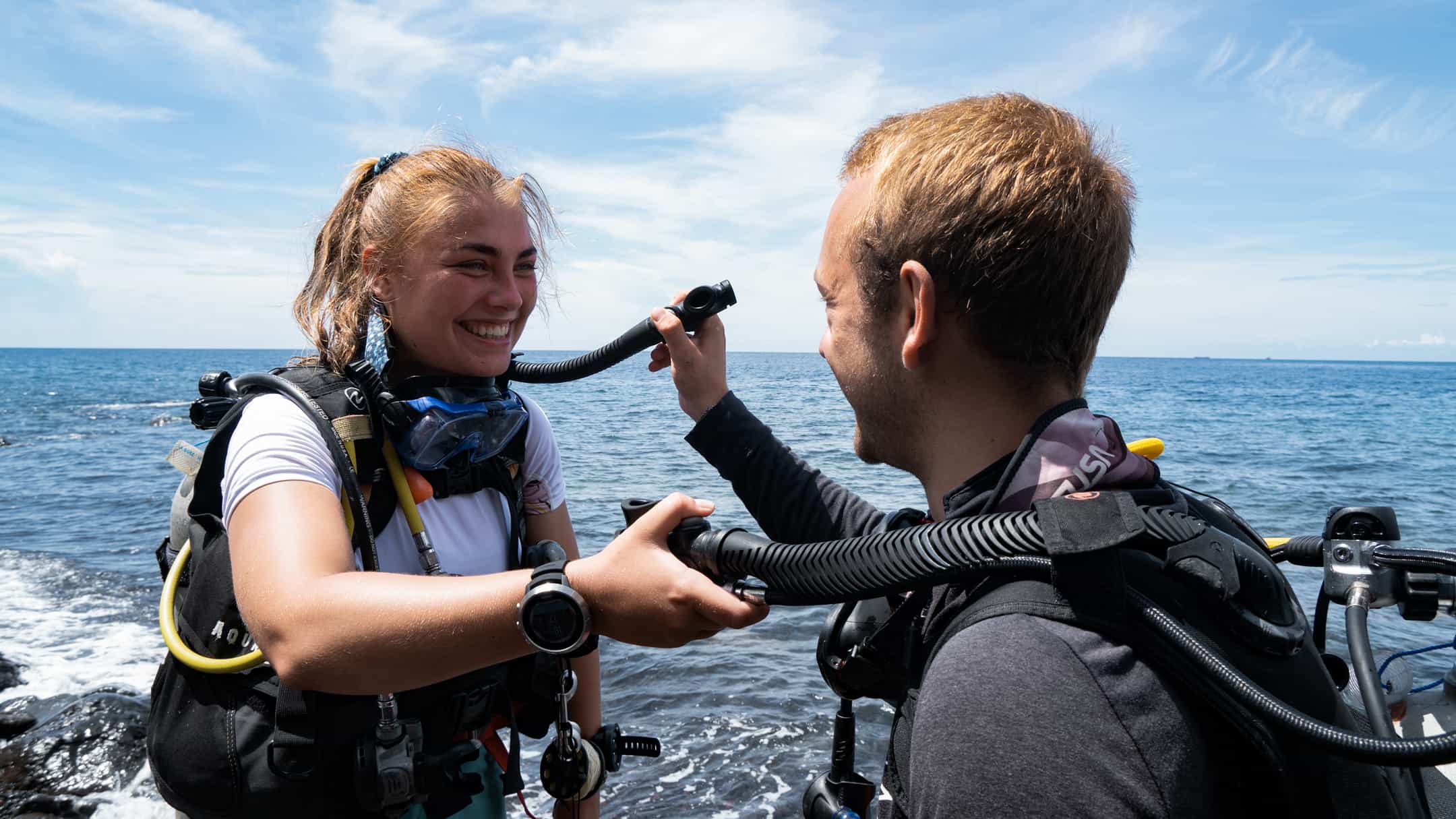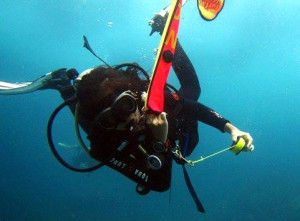It’s what will take you from a “meh diver” to an awesome diver. And it’s a tough one to nail. That nice neutral buoyancy when diving is what we all strive for. Well, here come 5 tips to help you get there.
1. Weigh Less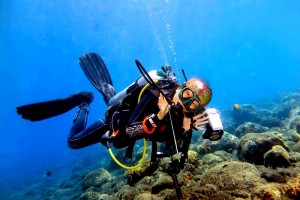
Often, beginner divers use more weight than they actually need, which will negatively (har, har) affect their buoyancy. You don’t need to be so heavy to descend, you just need to work a little harder to empty your lungs. So avoid piling on the lead kilos. That’s a lazy descent and you are not a lazy diver ! Also do take the time to place weights evenly on your belt to get that nice trim.
2. Breathe Less (BUT NEVER HOLD YOUR BREATH)
When you inhale quick, huge, frantic gulps of air, not only do you go through your air very quickly but you look like a saw-blade underwater: going up and down and up and down. To control your buoyancy, you need to control your breathing. Don’t be so greedy with your air. You don’t need as much oxygen as your brain is insisting on, so tell your brain to hush up. Breathe slow, calm, less generous breaths.
3. Move less
When you work hard, you take in bigger breaths. And remember what we just talk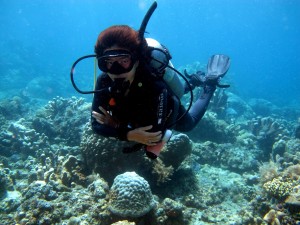 ed about ? Your buoyancy will suffer. So don’t work so hard. You’re on holiday ! Avoid aggressive, little fin kicks. Instead aim for long, sleek, straight-legged strides from your hips. You’ll be surprised how far an easy, effective fin kick will get you. Also avoid using your arms when you dive. Flailing and waving your arms about is a waste of energy and air, and it will get you nowhere.
ed about ? Your buoyancy will suffer. So don’t work so hard. You’re on holiday ! Avoid aggressive, little fin kicks. Instead aim for long, sleek, straight-legged strides from your hips. You’ll be surprised how far an easy, effective fin kick will get you. Also avoid using your arms when you dive. Flailing and waving your arms about is a waste of energy and air, and it will get you nowhere.
4. Practice More
I can completely sympathise that the tips above can sometimes seem easier said than done. Scuba diving is a funny sport because you have to teach yourself how to breathe all over again. Something you thought you knew how to do since birth. And if you’re a swimmer, you’re probably used to using your arms to move through the water. But keep at these seemingly counter-intuitive techniques and you’ll get the hang of it. Like with any sport, the more you do it, the better you get. So keep diving!
5. Look Mo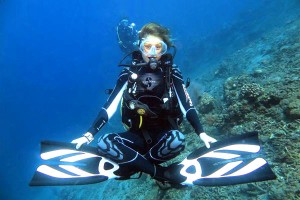 re
re
Sometimes with diving, it’s hard to track our progress because there’s no underwater mirror for us to see if we look more stream-lined, more neutrally buoyant. You can ask your buddy or Instructor how your buoyancy is improving. But there are also visuals you can use to gauge for yourself. If you’re practicing your hover in a pool, focus on the same row of tiles. During a dive, check out the reef and your depth in relation to it. Is your depth changing ? Are you going up and down too much ? A dive computer is also really useful. Keep an eye on it and challenge yourself to stay at the same (conservative) depth for a few minutes.
Want to learn more tips and tricks and get some sweet practice time with a PADI Instructor? Want two more dives for your log book ? Sign up for the Peak Performance Buoyancy course today!

